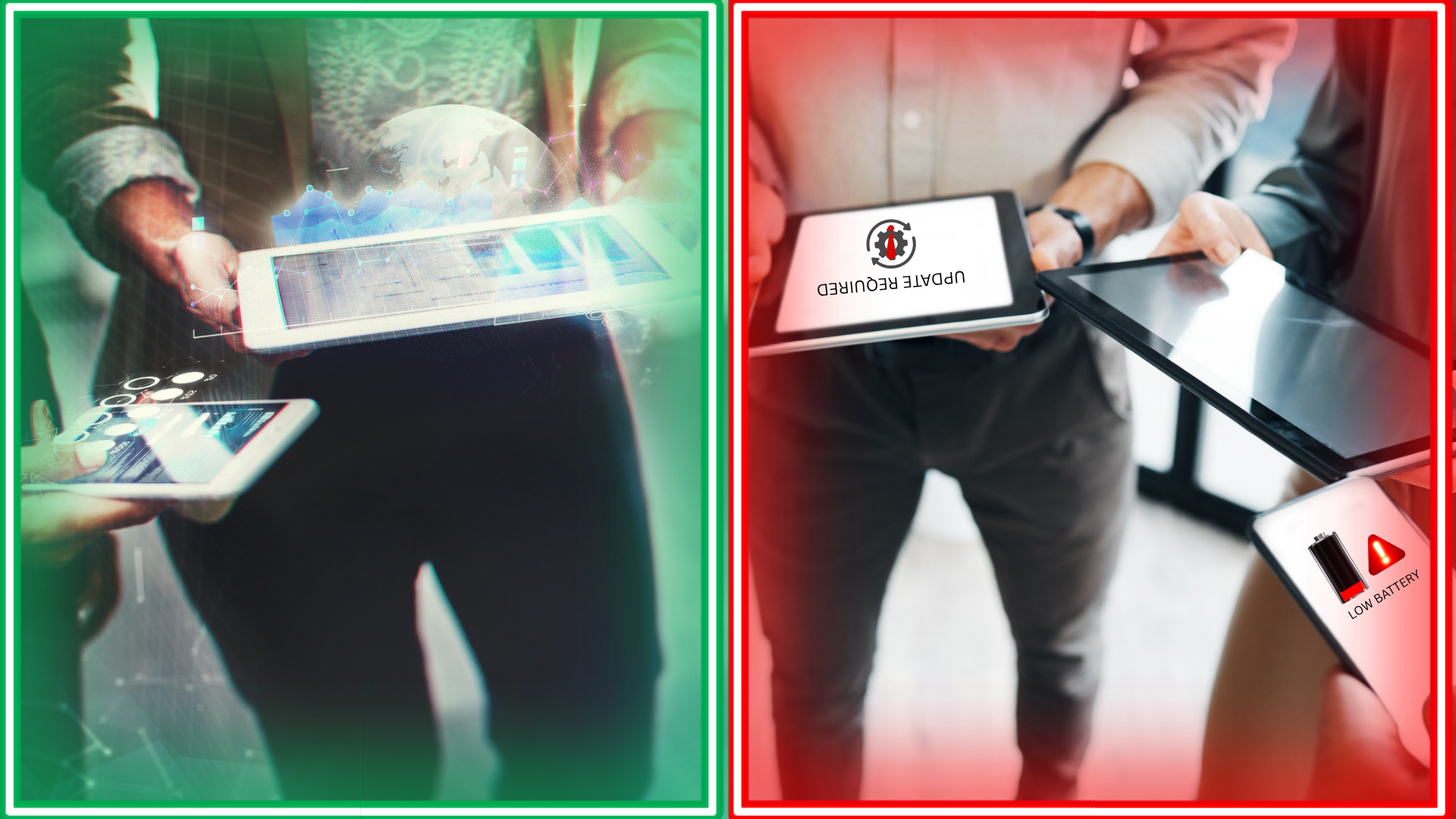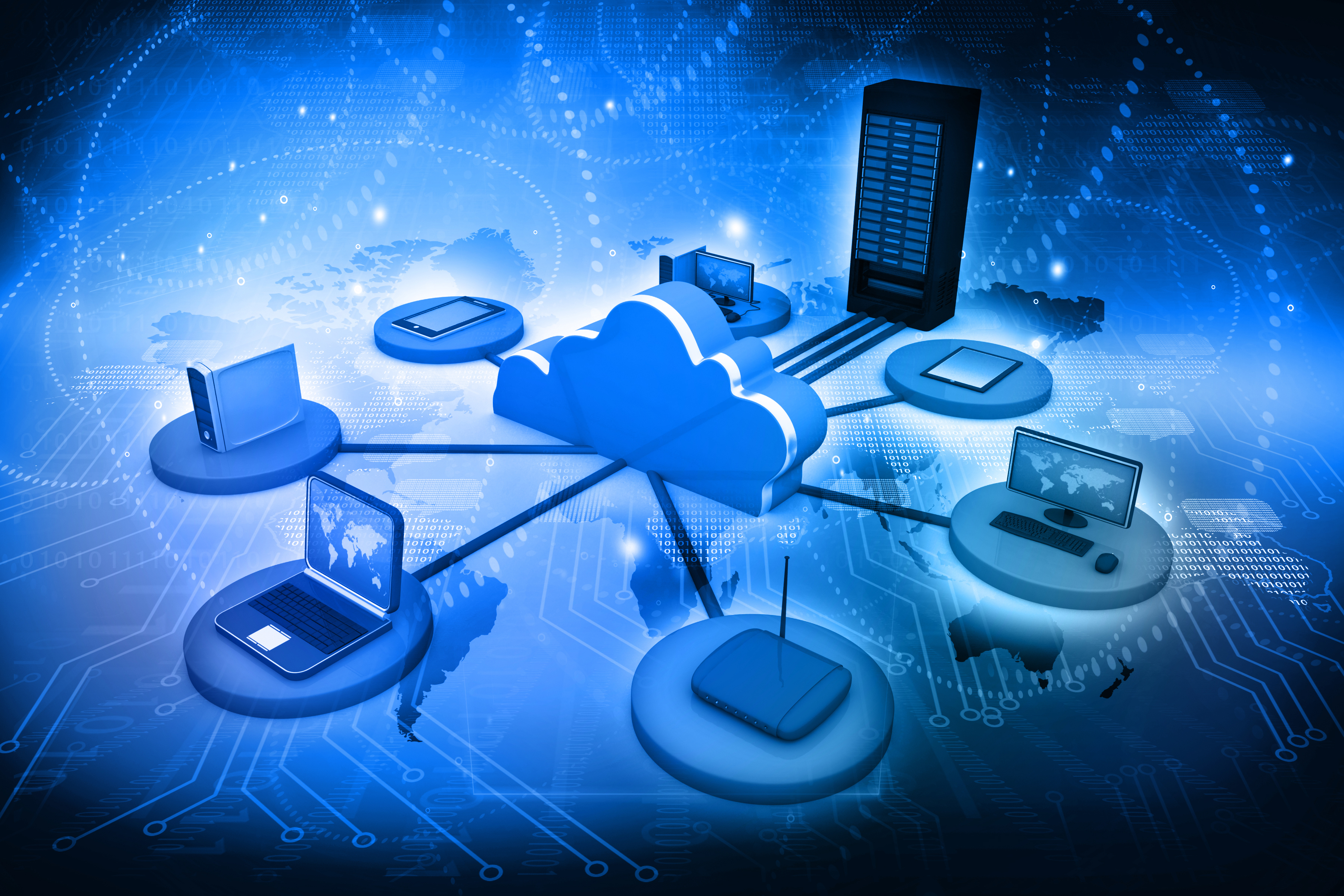M3 blog
The Challenges of Managing Portable Devices

When preparing to deploy a fleet of mobile devices, businesses are faced with deciphering which is the best overall solution for seamlessly integrating a new digital landscape for their enterprise. The answer is twofold: customers need the proper tools to carry-out their responsibilities and IT organizations require an efficient way to sustain that mobile fleet across their workforce. Each customer’s unique set of requirements are the drivers in making this decision.
In terms of technology, this might include:
- Types of applications and data required within and outside the organization
- The networking requirements needed
- Security/privacy conditions
- Device type
- Scalability of deployment
In terms of culture – it is important to also consider what type of work the devices are required for.
For IT organizations, servicing employees and the devices they have in a manner that is streamlined, sustainable and scalable is of most importance. Without a steady foundation, IT departments often find themselves chasing fires that never truly extinguish but rather, continue to spark over and over, causing frustration for the end user and chaos for the IT group.
Most IT organizations turn to traditional MDM platforms and quickly realize they are missing certain key elements that could simplify processes and optimize overall productivity. Using a personal device model or shared device model has a large impact on the readiness rate of devices and how they are managed. In a personal device environment, typically the user is responsible for some of the MDM configuration: charging, storage and in some cases responsible for updating the device. In a shared environment the organization has a pool of devices that are collectively used amongst staff whether it is in a training, maintenance or shift work environments, this model allows for a centralized location for updates, storage, charging, etc.
When businesses need to go beyond traditional MDM platforms
There are pros and cons to both shared or personal device models, but the culprit is general upkeep: if the user or organization does not ensure the device is charged or updated, it is a burning ember waiting to start a fire. Endless hours are spent for both the user and IT staff troubleshooting and managing a mobile fleet of devices. This takes away from productivity in the workforce when a lot of issues could be resolved if the entire device was taken care of from a robust hardware & software solution.
Organizations can greatly benefit from going beyond the traditional MDM Platform, a traditional MDM might only be a piece of the puzzle.
The M3 Solutions Platform offers many benefits that traditional MDMs do not offer:
- Controlling every aspect of the physical device, charging, software, content on/off the device.
- A central location(kiosk) where broken devices can get replaced with another, and removed from inventory with an open service ticket without any human intervention
- Ensuring 100% readiness for the end user
Could your organization be more proactive instead of reactive to IT wildfires? M3 Solutions’ mission is providing a 360-degree solution that is easy to deploy, sustainable, and simple to manage. Our solution considers everything from the physical hardware to the software while breaking the traditional rules of deploying and synchronizing content across all the devices without interrupting the user.





